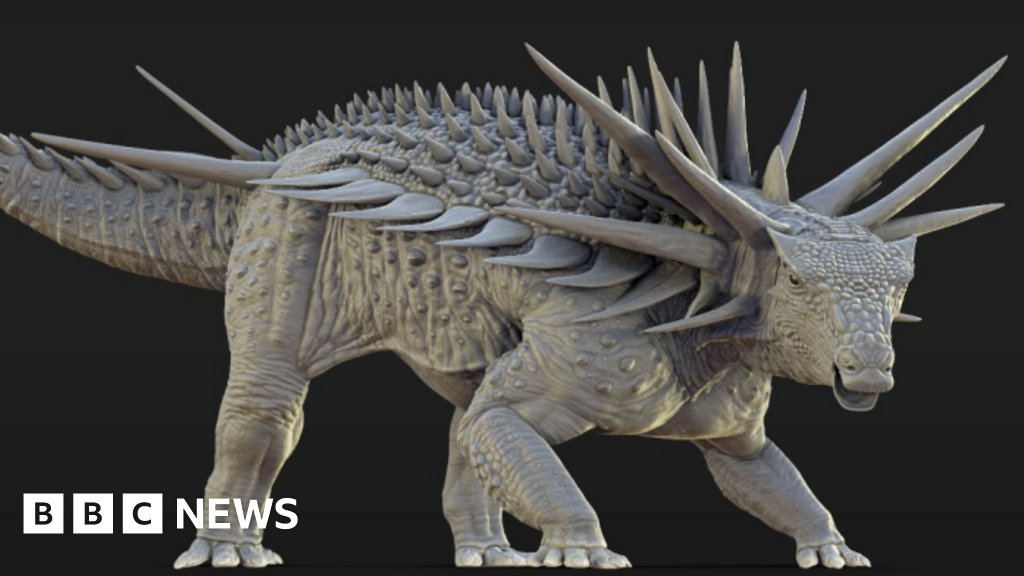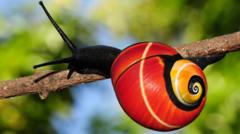The naked mole rat, a peculiar and hairless rodent native to Africa, has opened a window into the science of longevity with its incredible lifespan of almost 40 years. This unique creature has long intrigued researchers, and a recent study has unveiled a critical genetic secret that contributes to its remarkable longevity.
According to research conducted by a team at Tonji University in Shanghai, naked mole rats have evolved an advanced DNA repair mechanism that plays a pivotal role in their prolonged life. The findings, published in the journal Science, suggest that this mechanism might also explain why these animals are resistant to various age-related diseases, including cancer and arthritis.
Professor Gabriel Balmus, a DNA repair and aging expert at the University of Cambridge, remarked on the study's significance, emphasizing that the findings represent just the beginning of unlocking the biological mechanics that allow these rodents to thrive for so long. The research focuses on the protein c-GAS, traditionally associated with hampering DNA repair in humans, which can promote cancer. In naked mole rats, however, c-GAS functions differently to assist in DNA repair, maintaining genetic integrity within cells.
This research raises numerous questions about evolutionary biology and the underlying mechanisms that govern aging and health. The adaptation of c-GAS in naked mole rats signifies a unique evolutionary path that could potentially be leveraged for developing therapies aimed at enhancing human health and longevity.
As researchers delve deeper into the biological mysteries of naked mole rats, they aim to reverse-engineer these cellular processes to improve health outcomes as societies age. The hope is that by understanding the secrets of these extraordinary creatures, significant strides can be made in combating the effects of aging in humans.













